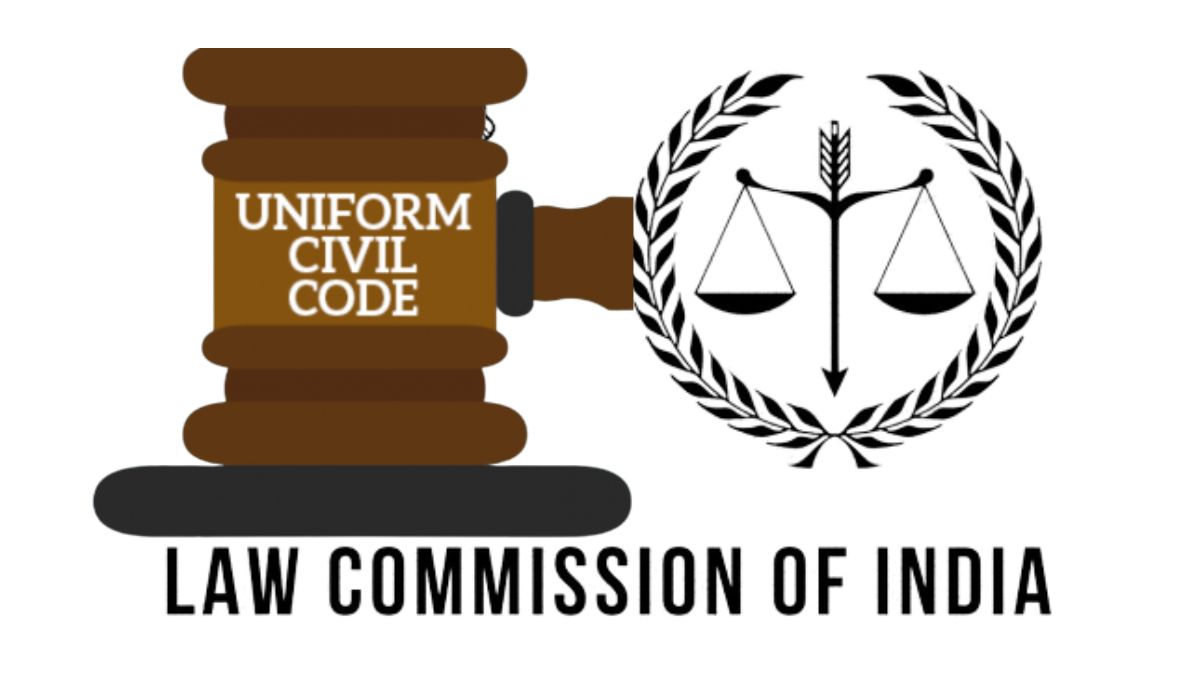Uniform Civil Code

4
AugustUniform Civil Code
Uniform Civil Code in India: A Path Toward Equality or a Distant Dream?
Let’s begin with a simple question — Should the laws that govern marriage, divorce, inheritance, and adoption be the same for every citizen of India, regardless of religion?
This is the core idea behind the Uniform Civil Code (UCC) — a principle enshrined in Article 44 of the Indian Constitution. It proposes a single body of laws to replace the various personal laws that currently apply to different religious communities. But the journey toward this uniformity has been anything but straightforward.
What is the Uniform Civil Code?
At its core, the term Uniform Civil Code combines three key ideas:
- Uniform: Something consistent and applicable to all.
- Civil: Pertaining to citizens and their personal matters.
- Code: A system of laws.
So, the UCC is envisioned as a standardized set of laws that apply equally to all citizens in areas such as marriage, divorce, succession, and adoption, irrespective of religion or caste.
How Did It All Begin?
The roots of the debate stretch back to colonial India, when the British recommended legal codification — but deliberately kept Hindu and Muslim personal laws outside its scope.
After Independence, the B.N. Rau Committee was formed in 1941 to codify Hindu law. This culminated in the controversial yet landmark Hindu Code Bill (1955), a bold legislative reform led by Jawaharlal Nehru, which standardized Hindu personal law on issues like marriage, divorce, and succession.
However, similar reform for other communities never followed. Thus, Article 44 of the Constitution remained a Directive Principle i.e., aspirational, but not enforceable.
Why Is There Still No UCC?
Because personal laws are deeply rooted in religious identity, legal reforms in this area often stir resistance and polarize opinion. Yet, the courts have time and again emphasized the importance of moving toward a common civil framework.
Let’s explore some landmark cases that brought the UCC into sharper focus:
1. The Shah Bano Case (1985)
This case ignited the national debate.
Shah Bano, a 62-year-old Muslim woman, was divorced by her husband and denied long-term maintenance. The Supreme Court ruled in her favor under Section 125 of the CrPC, a secular law.
The Court made several key observations:
- Section 125 applies to all, regardless of religion.
- Maintenance is a civil obligation, not overridden by personal law.
- The State should actively pursue a Uniform Civil Code.
The ruling sparked political backlash, eventually leading to the Muslim Women (Protection of Rights on Divorce) Act, 1986, which effectively reversed the Supreme Court’s judgment and limited maintenance to the iddat period.
2. Sarla Mudgal Case (1995)
This case exposed the misuse of religious conversion.
Several Hindu men converted to Islam to marry a second time, bypassing the Hindu Marriage Act, which prohibits bigamy. The Court held:
- Such conversions solely for marriage are invalid.
- The second marriage was void, and the man was guilty of bigamy.
- Article 44 must be given serious consideration.
The Court stressed that religious freedom must not be misused to evade civil obligations.
3. Jordan Diengdeh v. S.S. Chopra (1985)
Here, a Christian woman sought divorce on the grounds of her husband’s impotence. The Court granted judicial separation but highlighted the lack of uniformity in divorce laws across religions. It emphasized the need for including irretrievable breakdown of marriage as a valid ground for divorce across the board.
4. Mary Roy Case (1986)
Mary Roy, a Christian woman from Kerala, was denied equal inheritance due to the Travancore Christian Succession Act, 1916, which gave women far less than men.
The Supreme Court struck this down, saying it violated Article 14 (equality before law). This was a significant step in correcting gender injustice rooted in religious personal law.
5. Lily Thomas v. Union of India (2000)
This case reiterated that conversion to Islam for the sole purpose of remarriage did not protect one from the bigamy lawsunder the Hindu Marriage Act. The Court emphasized again — religious identity cannot be used as a legal loophole.
6. Shayara Bano Case (2017)
This case led to the historic ban on triple talaq.
The petitioner challenged the constitutionality of:
- Triple talaq
- Polygamy
- Nikah Halala
By a 3:2 majority, the Court declared triple talaq unconstitutional, stating it violated Articles 14 and 15 and was not essential to Islamic practice. This marked a major win for gender justice and reinvigorated the UCC debate.
7. John Vallamattom Case (2003)
A Christian priest challenged Section 118 of the Indian Succession Act, which imposed strict limitations on Christians leaving property for religious or charitable purposes.
The Court ruled the section unconstitutional, declaring it violated Article 14 by discriminating solely on the basis of religion.
What’s the Judiciary’s Stance?
Repeatedly, the judiciary has called for a UCC. But the approach, is cautious. The Court has acknowledged that:
- Sudden, sweeping changes may be counterproductive.
- Reform must be gradual and inclusive.
- Civil matters like marriage and inheritance cannot remain trapped within the ambit of religious personal laws.
In the Narasu Appa Mali case, the Court recognized the practical difficulties in implementing UCC but still upheld the ideal behind it.
Is It About Religion or Rights?
The debate often gets reduced to a religious tug-of-war, but at its heart, the UCC is about ensuring equality, justice, and dignity for all, especially women, who often bear the brunt of discriminatory personal laws.
Article 44 is not just a constitutional aspiration. It’s a moral commitment to treat every citizen equally under the law.
So, What Now?
The real question isn’t whether India needs a Uniform Civil Code, it does. The question is how and when.
As a society, are we ready to separate faith from law where it concerns civil rights? Can we build consensus through dialogue rather than division?


